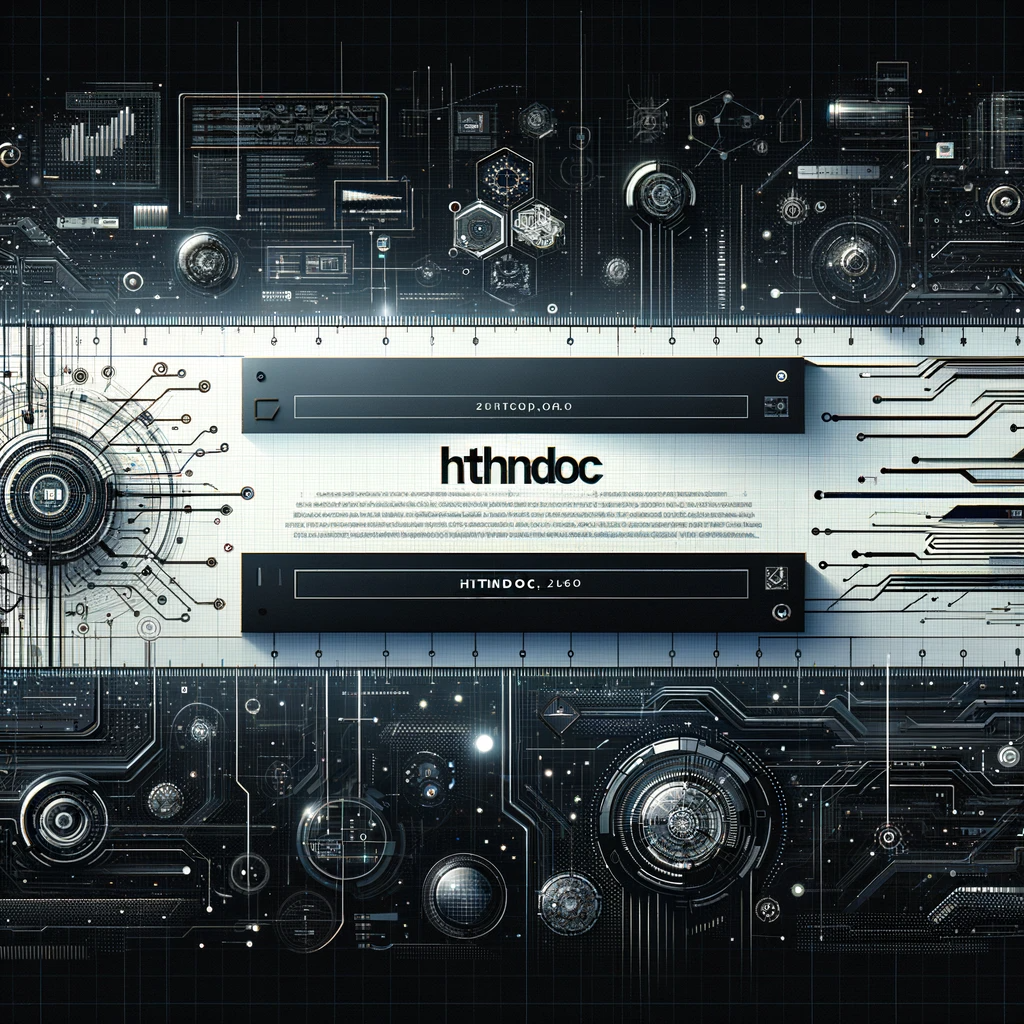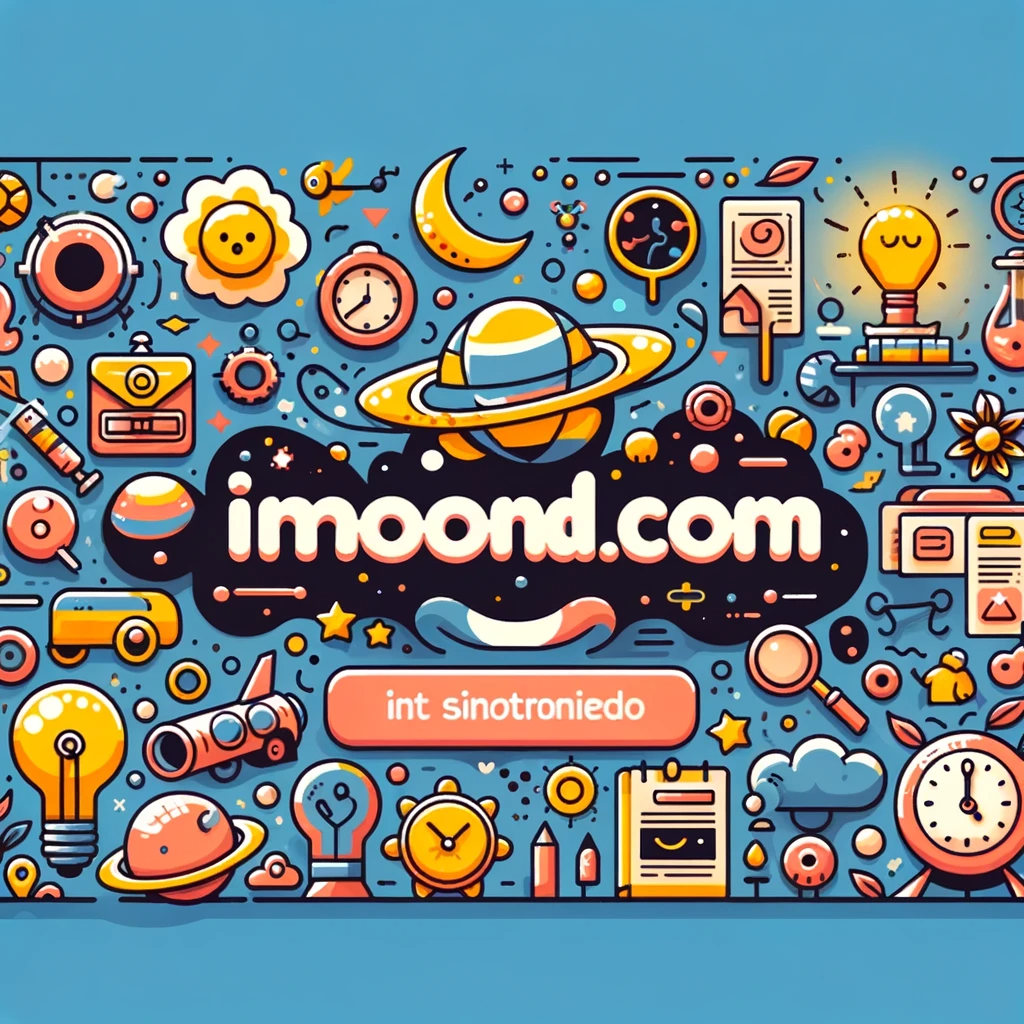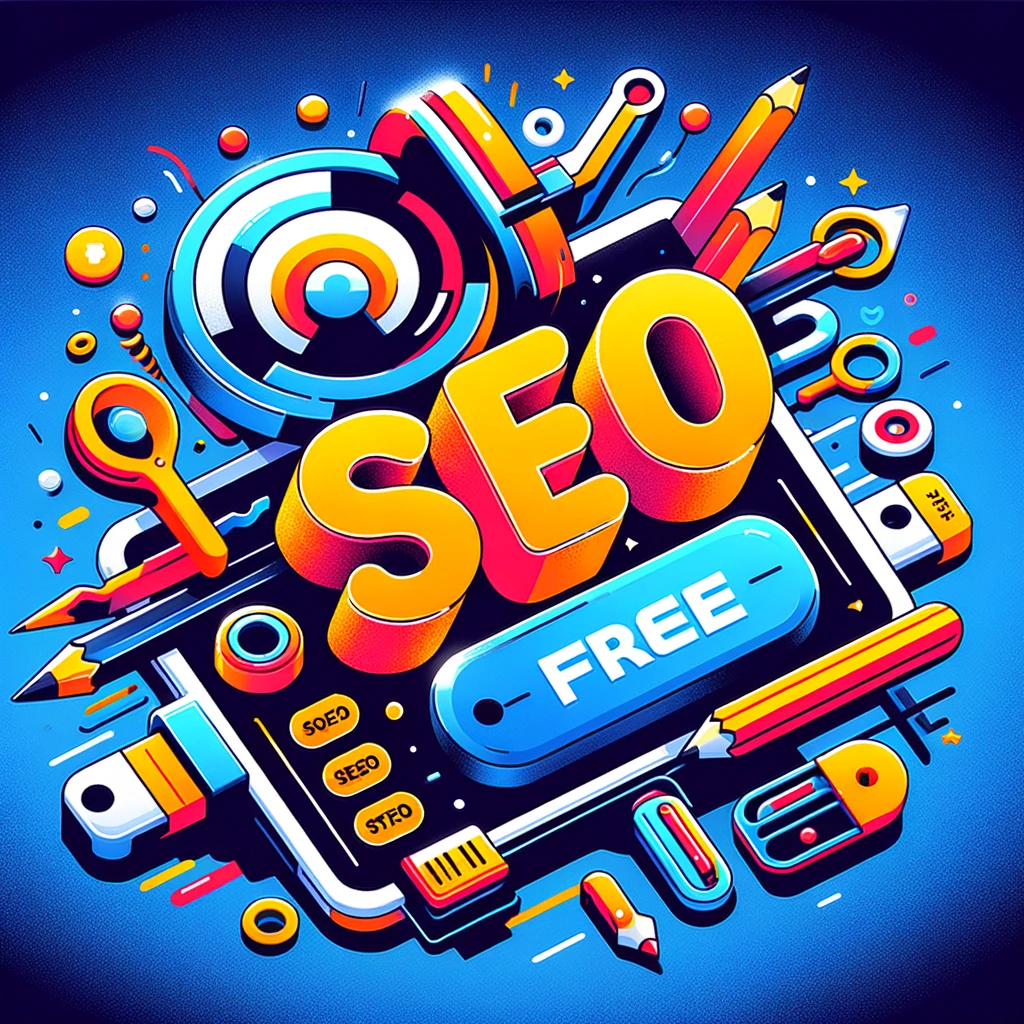SEO vs SEM: Unveiling the Differences and Strategies for Your Online Success
In the vast world of digital marketing, two often confused but fundamental terms are SEO (Search Engine Optimization) and SEM (Search Engine Marketing). Both play crucial roles in positioning a website in search engines, but with distinct strategies and objectives. This article will explore in detail the differences between SEO and SEM, offering a comprehensive guide on how and when to use each technique to maximize online visibility.
Article Chapters
- Definition of SEO and SEM
- Basic concepts of SEO and SEM
- History and evolution in digital marketing
- SEO: Search Engine Optimization
- Keyword analysis
- On-page optimization
- Link building and site authority
- Technical SEO
- Successful SEO case studies
- SEM: Search Engine Marketing
- PPC (Pay-Per-Click) and paid ads
- Creation and management of advertising campaigns
- Keyword bidding and auction strategies
- Measuring results and ROI
- Successful SEM case studies
- Key Differences between SEO and SEM
- Costs and budget
- Timing and long-term vs. immediate results
- Organic vs. paid visibility
- When to Use SEO or SEM
- Business objectives and market target
- Budget considerations
- Integrated SEO and SEM strategies
- How to Measure Success in SEO and SEM
- Tools and analysis metrics
- Data interpretation and strategy optimization
- Future Trends in SEO and SEM
- The importance of AI and machine learning
- The evolution of search engines and user behavior
- Sustainable and responsible strategies
8) Conclusions
- Summary of differences and complementarities between SEO and SEM
- Final advice for digital marketers
- Definition of SEO and SEM
Digital marketing has revolutionized the way companies reach and interact with their customers. At the heart of this revolution are two fundamental concepts: SEO (Search Engine Optimization) and SEM (Search Engine Marketing). Both aim to improve the online visibility of a website in search engine results, but they do so through different approaches.
SEO (Search Engine Optimization) is the set of strategies and techniques aimed at optimizing a website to improve its positioning in the organic (non-paid) search results. The main goal of SEO is to increase the quantity and quality of traffic to a website through organic search results. SEO practices include optimizing keywords, creating quality content, technical site optimization, and building an authoritative backlink profile.
SEM (Search Engine Marketing), on the other hand, includes digital marketing techniques that aim to improve a website's visibility through both paid and organic results. SEM includes SEO but also extends to paid advertising, such as sponsored links or pay-per-click (PPC) advertising. The goal of SEM is to increase the website's immediate visibility through the purchase of ads that appear in search results.
Basic Concepts of SEO and SEM
The basic concepts of SEO and SEM are rooted in understanding how search engines work. Search engines use complex algorithms to determine the order in which websites are displayed in search results, based on factors of relevance and authority. SEO focuses on techniques to organically optimize these factors, while SEM uses paid advertising strategies to gain exposure.
History and Evolution in Digital Marketing
The history of SEO and SEM is intrinsically linked to the evolution of search engines. In the 1990s, with the advent of the first search engines like Yahoo! and Google, companies began to recognize the importance of being easily found online. Initially, SEO was quite basic, focused mainly on inserting keywords into content and web page meta tags. However, as search engine algorithms evolved, SEO has become increasingly sophisticated, now including aspects such as user experience, page loading speed, and mobile-friendliness.
SEM took off with the introduction of Google AdWords in 2000, allowing companies to purchase ads that appeared next to organic search results. Since then, the SEM landscape has expanded to include a wide range of advertising options, from display ads to retargeting and beyond.
The continuous evolution of SEO and SEM reflects the adaptation to changing internet user habits and search engine algorithm updates. While SEO focuses on long-term organic growth, SEM offers opportunities for immediate visibility. Both are essential for a comprehensive digital marketing strategy aimed at building and maintaining a strong, authoritative online presence.
- SEO: Search Engine Optimization
Search Engine Optimization, or SEO, is a fundamental component of digital marketing focused on improving a website's visibility in the organic results of search engines. This process involves a series of strategies and techniques aimed at making a site more attractive to search engines, with the ultimate goal of attracting qualified traffic and increasing online visibility. Below, we will explore the main areas of intervention in SEO:
-
Keyword Analysis Keyword analysis is the process of identifying the words and phrases users type into search engines when searching for products, services, or information. This step is crucial because it allows for the optimization of site content to match the search queries of the target audience. The goal is to select relevant keywords with a good search volume and manageable competition, to maximize the chances of reaching the top positions in search results.
-
On-page Optimization On-page optimization involves all the direct modifications that can be made to the content and structure of a website to improve its positioning in search engines. This includes optimizing the title, meta descriptions, H1 tags, appropriate use of keywords in the text, optimizing images, and structuring internal links. This practice helps not only to make the site more visible to search engines but also to improve the user experience.
-
Link Building and Site Authority Link building is the process of acquiring external links (backlinks) that point to your website. Search engines consider backlinks as a signal of trust and authority; therefore, a site with a high number of quality backlinks tends to achieve better positioning in search results. Link building strategies include creating valuable content that others want to cite, outreach to bloggers and influencers, and participating in forums and online communities.
-
Technical SEO Technical SEO refers to the optimization of a website's technical aspects to improve indexing and crawling by search engines. This includes optimizing page loading speed, implementing a logical URL structure, site security (HTTPS), mobile-friendliness, and creating an XML sitemap. Improving these technical aspects can significantly increase a site's visibility in search results.
SEO Success Case Study A notable example of SEO success is represented by a well-known e-commerce company that, through a careful SEO strategy, saw its organic traffic increase by 200% in one year. The company began with an in-depth keyword analysis, focusing its efforts on the specific queries of its target market. It then improved the on-page optimization of its site, rewriting content to make it more relevant and engaging for users and search engines. Concurrently, it launched a targeted link-building campaign that led to the creation of high-quality backlinks. Finally, it addressed technical issues slowing down the site, optimizing images and improving the structure of internal links. The result was a significant increase in search engine visibility, translating into a significant increase in organic traffic and conversions.
These elements constitute the foundation on which to build a solid SEO strategy, capable of significantly improving a website's visibility in organic search results and attracting higher quality traffic.
- SEM: Search Engine Marketing
SEM (Search Engine Marketing) is a crucial component of digital marketing that leverages advertising opportunities offered by search engines to increase a website's visibility. Unlike SEO, which focuses on organic visibility improvement, SEM uses paid advertising to achieve similar goals more quickly. Below, we will delve into the main strategies and techniques used in SEM.
-
PPC (Pay-Per-Click) and Paid Ads Pay-Per-Click (PPC) is an online advertising model where the advertiser pays each time a user clicks on one of their ads. These ads can appear in search engine results (like Google Ads) or on social media platforms (like Facebook Ads). PPC is extremely effective for quickly reaching a targeted audience, allowing detailed control over the budget and ad scheduling.
-
Creation and Management of Advertising Campaigns Creating and effectively managing advertising campaigns requires a deep understanding of the target audience, as well as the ability to develop compelling messages and offers. This process includes selecting the appropriate keywords, creating attractive textual or visual ads, and optimizing landing pages to convert traffic into desired actions (such as sales, sign-ups, or downloads).
-
Keyword Bidding and Auction Strategies The success of an SEM campaign largely depends on the effectiveness of keyword bidding strategies. Bidding involves offering an amount you're willing to pay for each click on a specific keyword. Intelligent auction strategies require understanding the value of each keyword relative to the expected return on investment (ROI), considering factors such as cost per click (CPC), conversion rate, and the average value of each conversion.
-
Measuring Results and ROI A fundamental component of SEM is the ability to precisely measure the results of each advertising campaign. This includes tracking key metrics like impressions, clicks, conversion rate, and cost per acquisition (CPA). Analytical tools allow advertisers to assess the effectiveness of their campaigns in real-time and make adjustments to optimize ROI.
SEM Success Case Study An example of success in SEM is an e-commerce company specializing in home products that implemented a targeted PPC strategy to promote a new product line. The company used demographic and behavioral data to target ads towards users with a high likelihood of interest in their products. Through careful keyword selection and constant bid optimization, the company managed to double the conversion rate while reducing the cost per acquisition by 40%. The key to success was the ability to quickly adapt strategies in response to analytical data, thus maximizing the effectiveness of the advertising spend.
SEM offers companies a powerful tool to quickly achieve their marketing goals. Through the combination of PPC ads, effective auction strategies, and careful analysis of results, it's possible to generate significant return on investment and enhance online visibility in a targeted and controlled manner.
- Key Differences between SEO and SEM
When discussing digital marketing strategies to improve online visibility, it's essential to understand the differences between SEO (Search Engine Optimization) and SEM (Search Engine Marketing). Although these two strategies aim for the same end goal of increasing visibility and attracting traffic to a website, they differ significantly in approach, costs, timelines, and types of results. Below, we will explore the main differences between SEO and SEM.
Costs and Budget SEO: Search Engine Optimization is generally seen as a long-term investment. Initial costs can be high, especially if hiring an agency or an SEO consultant, but once the site begins to rank well for targeted keywords, operational costs tend to decrease. The organic traffic obtained through SEO does not incur costs per click, making it more sustainable in the long run.
SEM: SEM, which includes paid advertising strategies like PPC (Pay-Per-Click), requires a dedicated budget for ads. Each click on an advertisement has a cost, which can vary significantly depending on the competition for the targeted keywords. This approach can generate immediate traffic and visibility, but costs can quickly accumulate, especially in competitive campaigns.
Timing and Long-term vs. Immediate Results SEO: SEO is a process that takes time. Significant results, such as substantial improvement in search engine positioning or an increase in organic traffic, can take months to achieve. However, once achieved, these results tend to be more durable and cost less to maintain compared to paid traffic.
SEM: SEM offers almost immediate results. Once an advertising campaign is active and optimized, it's possible to start seeing an increase in traffic to the site in question within days, or even hours. This immediacy is particularly beneficial for limited-time promotions or for new sites looking to quickly build their online presence.
Organic vs. Paid Visibility SEO: SEO aims to improve a website's organic visibility, i.e., its position in the non-paid search results. This means working to be recognized by search engines as the most relevant and authoritative resource for certain keywords, without directly paying for visibility.
SEM: SEM includes SEO but focuses largely on paid visibility through advertisements. These ads appear in privileged positions on the search results page, above or next to the organic results, offering greater immediate visibility at the cost of a financial investment.
In conclusion, both SEO and SEM are vital strategies in digital marketing, each with its advantages and disadvantages. The choice between SEO and SEM, or a combination of both, will depend on specific business objectives, available budget, and the timeline for achieving desired results. An integrated strategy that utilizes both SEO for sustainable organic growth and SEM for quick, targeted results can offer the best overall advantages.
- When to Use SEO or SEM
The decision on when to use SEO or SEM (or both) depends on various factors related to business objectives, market targeting, and budget considerations. Both strategies can be extremely effective in improving online visibility, but they serve different purposes and require different resources. Below, we examine the main factors to consider when choosing between SEO and SEM.
Business Objectives and Market Target Launching a New Product or Service: If you're launching a new product or service and wish to gain immediate visibility, SEM might be the best choice. Paid advertising can help quickly reach a wide targeted audience, generating traffic and interest from the start.
Building Long-term Brand Awareness: For companies aiming to build or increase brand awareness over the long term, SEO is crucial. Achieving a high position in organic search results for relevant keywords can establish authority and trust over time.
Highly Competitive Market Target: In saturated or highly competitive markets, SEM can offer an immediate advantage, allowing you to position above competitors in search results through paid ads. However, combining SEM with a solid SEO strategy can provide lasting benefits and improve organic competitiveness.
Budget Considerations Limited Budget: For businesses with limited marketing budgets, SEO can be more sustainable in the long term. While it requires an initial investment in terms of time and resources, it does not incur costs per click and can lead to steady organic traffic once a good position in search results is achieved.
Flexible Marketing Budget: If you have a larger budget, SEM can offer the ability to quickly test different advertising strategies and keywords, optimizing campaigns in real time to maximize ROI.
Integrated SEO and SEM Strategies Synergistic Use of SEO and SEM: The most effective approach might be an integrated strategy that combines SEO and SEM. Use SEM to gain immediate visibility and drive traffic to the site while working on SEO optimization to build a lasting organic presence. This approach allows capitalizing on the short-term benefits of SEM while building a solid foundation for long-term success with SEO.
Analysis and Adaptation: Constantly monitoring the performance of both strategies allows identifying which generates the best ROI and how the two can support each other, adapting tactics based on the results achieved.
In conclusion, the choice between SEO and SEM should be based on a careful evaluation of specific business objectives, market needs, and available resources. A balanced and integrated approach, leveraging the strengths of both strategies, can offer the best results in terms of online visibility and business growth.
- How to Measure Success in SEO and SEM
Measuring the success of SEO and SEM strategies is crucial for assessing the effectiveness of the actions taken and for optimizing future digital marketing campaigns. This process requires the use of specific tools and an understanding of key metrics that can provide valuable insights into performance. Below, we examine the most important tools and metrics for analyzing and interpreting data in SEO and SEM.
Analysis Tools and Metrics Tools:
- Google Analytics: An indispensable tool for monitoring website traffic, traffic sources, user behavior, and conversions. Google Analytics provides detailed data that can help understand the effectiveness of SEO and SEM strategies.
- Google Search Console: Essential for SEO analysis, it allows monitoring the site's visibility in search results, crawling errors, keyword performance, and top-performing pages.
- Specific SEM Tools: Platforms like Google Ads and Bing Ads offer analytical dashboards to track the performance of advertising campaigns, including clicks, impressions, CTR (Click-Through Rate), CPC (Cost Per Click), and ROI.
Metrics:
SEO:
- Keyword Rankings: Monitoring positions in the SERP for target keywords can provide insights into the effectiveness of SEO optimization.
- Organic Traffic: The amount of traffic coming to the site through unpaid search results.
- Organic Conversion Rate: The percentage of visitors who take a desired action (purchase, sign-up, etc.) after arriving via organic search.
SEM:
- CTR (Click-Through Rate): A measure of the effectiveness of ads, calculated as the ratio of the number of clicks on ads to the number of impressions.
- CPC (Cost Per Click): The average cost for each click received on an ad.
- ROI (Return on Investment): Measures the financial effectiveness of advertising campaigns, calculating the return obtained relative to the cost of the ads.
Interpreting Data and Optimizing Strategies Analyzing the data collected from the aforementioned tools can offer valuable insights for optimizing SEO and SEM strategies. For instance, a low CTR on SEM ads may indicate the need to revise the ad copy or to optimize the target keywords. Similarly, a drop in organic traffic may suggest visibility or ranking issues that require specific SEO interventions.
For SEO, analyzing underperforming keywords can lead to modifications in the site's content or structure to improve positioning. For SEM, analyzing ROI can help identify which campaigns generate the most return and which could be optimized or discontinued to redistribute the budget more effectively.
In conclusion, measuring success in SEO and SEM requires a consistent effort in monitoring and analyzing performance through specific tools and metrics. Accurate interpretation of collected data is crucial for making necessary adjustments and optimizing digital marketing strategies to maximize online visibility and return on investment.
- Future Trends in SEO and SEM
The world of digital marketing is constantly evolving, and SEO and SEM strategies are no exception. The advent of artificial intelligence (AI) and machine learning, along with changes in user behavior and a growing focus on sustainable and responsible practices, are shaping the future of these disciplines. Let's delve deeper into how these trends might influence SEO and SEM in the coming years.
The Importance of AI and Machine Learning
- Personalization and Search Intent: AI and machine learning are becoming increasingly sophisticated in interpreting users' search intent. This means SEO strategies will need to focus not only on keywords but also on providing content that answers users' queries more accurately and personally.
- SEM Campaign Automation: AI is enhancing the efficiency of SEM campaigns through automation of bidding, audience segmentation, and ad optimization. Advertisers can expect more targeted campaigns with better ROI, thanks to real-time data processing and the ability to dynamically adapt to market conditions.
The Evolution of Search Engines and User Behavior
- Voice Search and Virtual Assistants: With the rise of voice assistants, voice search is becoming an important factor for SEO and SEM. Strategies will need to adapt to optimize content for voice queries, which tend to be more conversational and specific.
- Featured Snippets and Direct Answers: Search engines are increasingly providing space for featured snippets and direct answers. Optimizing content for these formats, by providing concise and direct answers to users' questions, will be crucial for increasing visibility.
Sustainable and Responsible Strategies
- Ethics and Transparency: Growing concerns about privacy and digital ethics will influence SEO and SEM. Companies will need to focus on strategies that respect user privacy and are transparent about data usage.
- Digital Sustainability: Environmental awareness is also growing in the digital realm. Optimizing websites to reduce their environmental impact, such as through data consumption reduction and energy efficiency, could become a relevant SEO factor.
In conclusion, the future of SEO and SEM will be characterized by greater use of AI and machine learning, adaptation to technological advancements and changes in user behavior, and a commitment to more ethical and sustainable practices. These changes will require digital marketing specialists to stay updated and continuously adapt their strategies to remain competitive.
- Conclusions
The digital marketing landscape is dominated by two fundamental strategies: SEO (Search Engine Optimization) and SEM (Search Engine Marketing). Although often used interchangeably, these approaches have significant differences as well as important complementarities. Understanding both is crucial for successfully navigating the online world and building a strong and effective digital presence.
Summary of Differences and Complementarities between SEO and SEM
Differences: The main distinction between SEO and SEM lies in the fact that SEO focuses on organic optimization to improve ranking in search results, while SEM includes the use of paid ads to increase visibility. SEO takes time to show results but offers lasting benefits without cost per click, unlike SEM, which generates immediate traffic but at a direct cost for each visit.
Complementarities: Despite their differences, SEO and SEM can work in synergy to maximize online visibility. While SEO builds a solid foundation for long-term online presence, SEM can provide immediate impact, useful for specific promotions or to quickly increase brand awareness. Strategically using both can help cover the entire marketing funnel, from awareness to acquisition.
Final Advice for Digital Marketers
-
Adopt a Holistic Approach: Integrate SEO and SEM into your digital marketing strategies to leverage the strengths of both. While SEO builds your organic presence, SEM can provide an immediate boost to traffic and visibility.
-
Stay Updated: The digital world is constantly evolving. Keep yourself informed about the latest trends, search engine algorithm updates, and best practices in SEO and SEM.
-
Monitor and Optimize: Use analytical tools to monitor the performance of your SEO and SEM strategies. Analyze data to identify areas of success and those needing improvement, and optimize your campaigns accordingly.
-
Prioritize User Experience: Whether you're optimizing for SEO or creating SEM ads, user experience should be at the center of your strategies. A positive user experience not only improves conversion rates but is also a key factor for good search engine ranking.
-
Be Patient and Persistent: While SEM can offer quick results, SEO requires time. It's important to be patient and persistent with your SEO strategies, as the long-term benefits can be significant.
In conclusion, both SEO and SEM are essential elements of a well-rounded digital marketing strategy. By understanding their differences and knowing how they can effectively integrate, digital marketers can leverage both to build a robust online presence and achieve their business goals.





